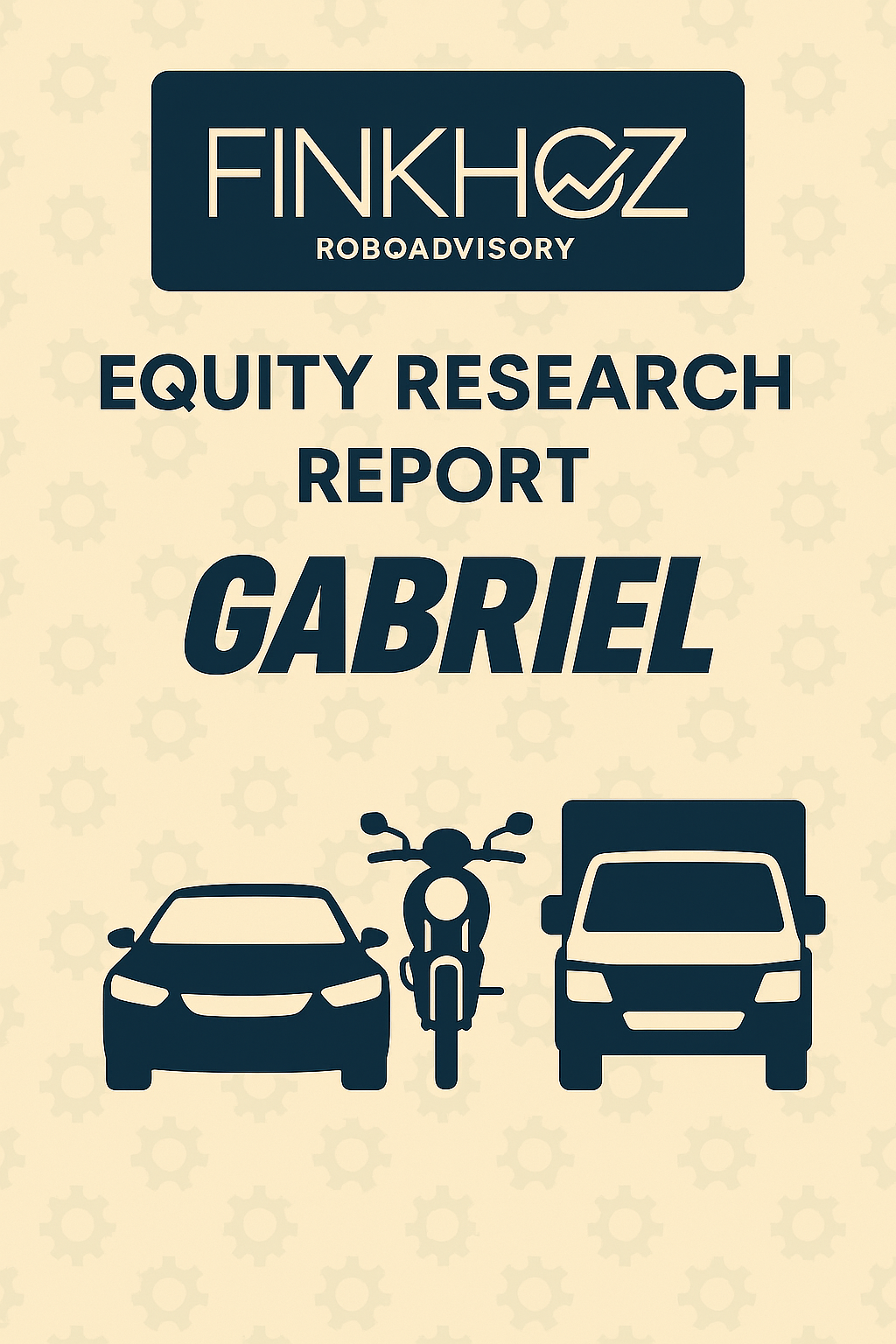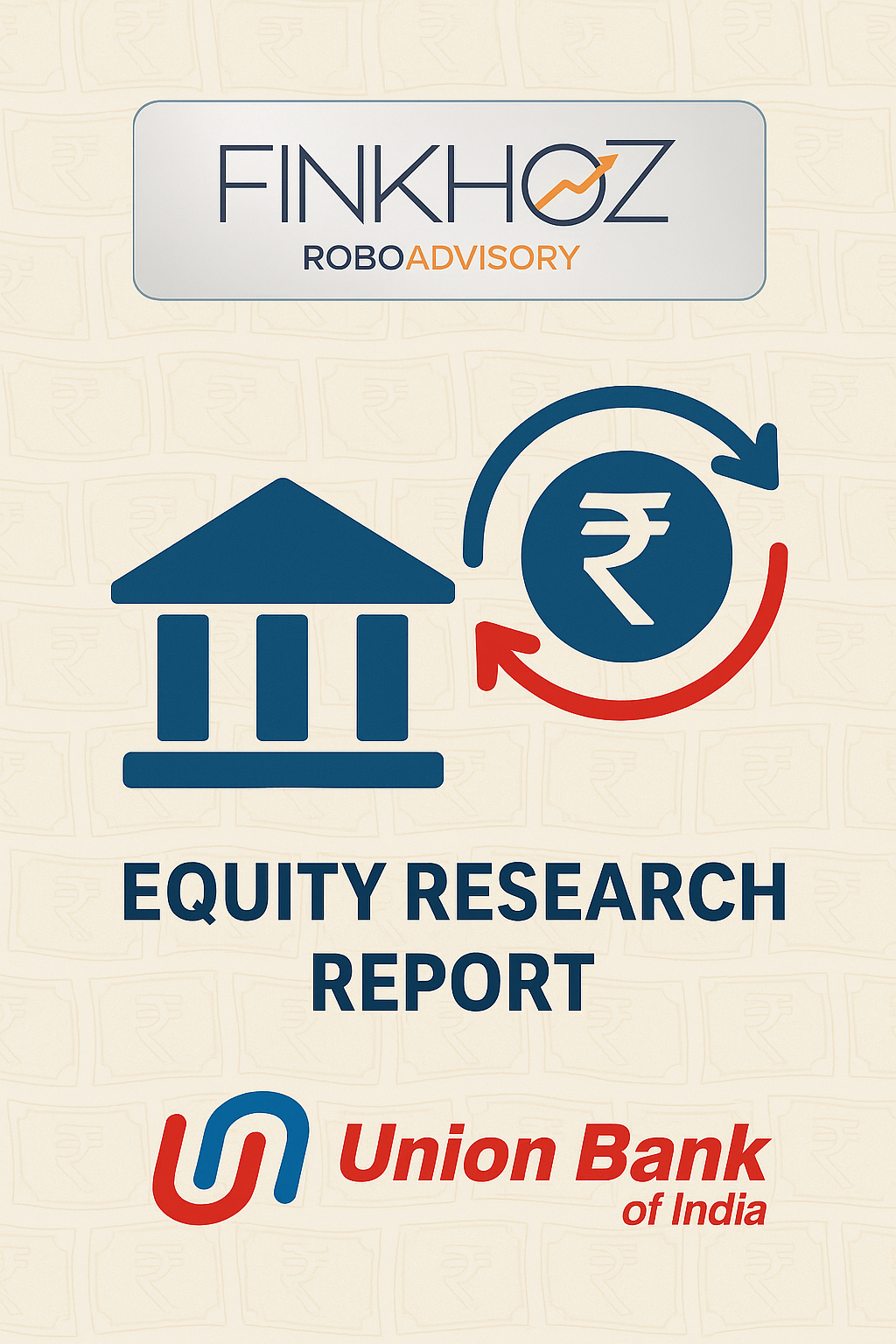What are the primary objectives behind an LBO?
The primary objectives behind a Leveraged Buyout (LBO) are:
High Return on Equity – Using leverage (debt) minimizes the upfront equity investment, allowing investors—typically private equity (PE) firms—to earn amplified returns on their capital when the business is sold or taken public.
Control and Influence – Gain operational control of the target company to implement strategic, financial, or managerial improvements.
Value Creation – Improve performance through cost reductions, revenue growth, operational efficiency, and strategic restructuring.
Efficient Capital Structure – Optimize the company's capital structure by replacing equity with cheaper debt, enhancing financial efficiency and returns.
Exit with Profit – Exit the investment in 3–7 years via IPO, sale to another firm, or recapitalization, achieving an Internal Rate of Return (IRR) typically above 20%.
How is the capital structure typically arranged in an LBO?
In a Leveraged Buyout (LBO), the capital structure is typically arranged with a small portion of equity and a large portion of debt, designed to maximize returns while managing risk. Here's how it's usually structured:
🔧 Typical Capital Structure in an LBO:
Equity (10%–40%)
Provided by the private equity firm and sometimes by management.
Forms the smallest part of the structure but holds the highest return potential.
Debt (60%–90%)
Divided into multiple layers with varying risk and cost levels:Senior Debt (40%–60%)
Lowest cost, secured by company assets, first in repayment priority.
Includes bank loans, revolvers, and term loans.
Mezzanine Debt (10%–20%)
Higher interest, subordinated to senior debt.
Often includes equity kickers like warrants or convertible features.
High-Yield Bonds / Subordinated Debt (optional)
Riskier, higher-interest debt that may be unsecured.
Used when more capital is needed beyond bank limits.
Seller Financing / PIK Notes (if applicable)
Sometimes the seller agrees to finance part of the deal.
PIK (Pay-in-Kind) notes may be used to delay interest payments.
What are the risks involved in an LBO transaction?
High Debt Burden
The company takes on significant debt, increasing the risk of default or bankruptcy if cash flows fall short.
Cash Flow Pressure
Heavy debt repayments and interest obligations put constant pressure on the company’s operating cash flow.
Economic & Market Risks
A downturn in the economy or industry can reduce revenues, making it harder to service debt or exit profitably.
Operational Risk
If the company fails to execute its growth or cost-cutting plans, value creation stalls and the investment underperforms.
Interest Rate Risk
Rising interest rates can increase the cost of debt, especially for floating-rate loans, squeezing margins.
Refinancing Risk
If the company cannot refinance maturing debt at favorable terms, it may face liquidity issues.
Exit Risk
If market conditions are poor or the business underperforms, the PE firm may struggle to exit at a desired valuation.
Covenant Breach Risk
Debt agreements often include financial covenants (e.g., leverage ratio, interest coverage). Breaching them can trigger penalties or even default.
What types of debt are commonly used in an LBO?
Senior Debt – Secured by the company’s assets. Lowest interest rate, but comes with strict covenants. Includes:
Term Loan A (amortizing)
Term Loan B (bullet repayment, longer term)
Revolving Credit Facility (used for working capital)
Mezzanine Debt – Subordinated to senior debt (repayable after). Higher interest (often 12–20%) and may include equity kickers like warrants. Flexible terms, often used to fill funding gaps.
High-Yield Bonds (Subordinated Notes) – Unsecured or lightly secured, junior to other debt. Higher interest rate, issued in public markets. Used when large amounts of capital are needed.
Payment-in-Kind (PIK) Notes – Allow interest to accrue instead of being paid in cash. Used when near-term cash flow is tight but growth is expected.
Seller Notes / Vendor Financing – Debt provided by the seller as part of the sale agreement. Often subordinated and flexible, sometimes interest-free initially.
How do private equity firms decide the equity contribution in an LBO?
1. Lender Requirements
Debt providers often set limits on how much leverage they'll allow.
PE firms must contribute enough equity to satisfy loan-to-value or debt-to-EBITDA thresholds, ensuring the deal is financeable.
2. Risk Appetite
More equity = lower financial risk but also lower potential return (IRR).
Less equity = higher risk and higher return potential.
The firm balances the risk-return profile based on its strategy.
3. Target Company Cash Flows
If the company has strong, predictable cash flows, the firm can use more debt (less equity).
If cash flows are volatile, they may choose to contribute more equity for safety.
4. Deal Size and Structure
Larger deals often involve club deals with multiple PE firms or co-investors, affecting the equity mix.
Equity contribution may also be influenced by seller rollover or management equity.
5. Market Conditions
In a tight credit market, lenders may be more conservative, requiring higher equity.
In a frothy market, more debt may be available, lowering the required equity.
6. Target Return Goals
PE firms model various scenarios to determine the minimum equity needed to hit their target IRR (usually 20–30%).
How does the interest coverage ratio affect LBO feasibility?
The interest coverage ratio is a key metric in assessing the feasibility of an LBO, as it indicates whether the target company can comfortably service its debt after the buyout.
Debt Servicing Ability – LBOs involve high leverage. If the interest coverage is too low, the company might struggle to meet interest payments, increasing default risk.
Lender Comfort – Lenders typically require a minimum coverage ratio (e.g., 2.0x or higher) as part of their covenants. A ratio below this may make it hard to secure financing.
Cash Flow Cushion – A higher ratio means the company has more buffer in case of earnings volatility or downturns.
Deal Structuring – If the ratio is low, the PE firm may need to:
Reduce debt in the capital structure (raise more equity)
Negotiate for lower interest rates
Reassess the purchase price
Impact on Exit Returns – If too much cash goes to servicing debt, it limits reinvestment and slows down value creation, which can hurt eventual returns.
How do changes in interest rates impact LBOs?
1. Cost of Debt
Higher interest rates increase the cost of borrowing, which raises interest expenses and reduces cash flow available for debt repayment and value creation.
This can lower the overall Internal Rate of Return (IRR) for the private equity firm.
2. Debt Capacity
With higher interest costs, lenders may be less willing to provide large amounts of debt, forcing the PE firm to contribute more equity.
This changes the capital structure, potentially reducing leverage and return potential.
3. Valuation Pressure
Rising rates often lead to lower company valuations (as discount rates go up), which can reduce exit multiples and compress returns.
They may also make alternative investments more attractive, reducing buyer competition at exit.
4. Refinancing Risk
If interest rates rise during the holding period, refinancing debt at maturity could become more expensive or less available.
5. Deal Volume & Activity
In high-interest environments, overall LBO activity tends to slow down, as fewer deals meet return thresholds and debt becomes harder to raise.
What are common exit strategies for LBO investors?
1. Sale to a Strategic Buyer
Selling the company to an industry player (e.g., a competitor or supplier).
Often yields the highest valuation due to potential synergies.
2. Secondary Buyout
Selling the company to another private equity firm.
Common when one PE firm wants to exit and another sees further upside.
3. Initial Public Offering (IPO)
Taking the company public by listing it on a stock exchange.
Allows the PE firm to partially or fully cash out over time.
Offers brand visibility and access to public capital markets, but involves higher costs and regulatory complexity.
4. Recapitalization
Refinancing the company with new debt and using proceeds to pay dividends to the PE firm.
Not a full exit, but allows partial return of capital while retaining ownership.
5. Management Buyout (MBO)
Company’s existing management team buys out the PE firm’s stake, often backed by another investor.
Used when management wants control and continuity.



